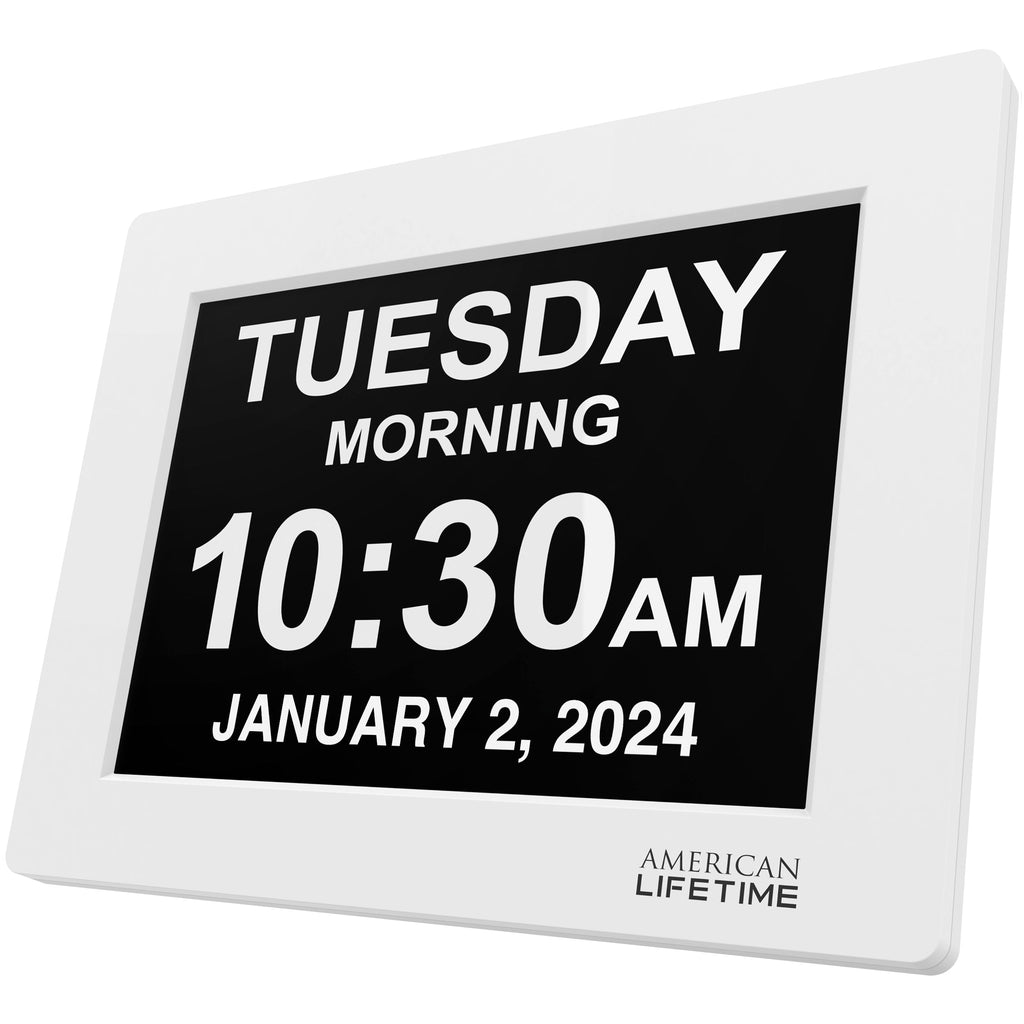Dementia and Alzheimer's disease are terms often used interchangeably, but they represent distinct neurological conditions. Understanding the differences, and the various forms of dementia, is crucial for effective management and support.
What is Dementia?
Dementia is not a single disease but an umbrella term for a collection of symptoms that are caused by disorders affecting the brain. These symptoms include problems with memory, thinking, problem-solving, and language. Dementia is progressive, meaning the symptoms will gradually worsen over time.
There are many different types of dementia, each with its own characteristics:
-
Alzheimer's Disease: This is the most common cause of dementia, accounting for 60-80% of cases. It is characterized by the accumulation of abnormal protein plaques and tangles in the brain, which disrupt brain cell function and lead to their death. Symptoms typically include gradual memory loss, difficulty with familiar tasks, disorientation, problems with language, and changes in mood or behavior.
-
Vascular Dementia: This type of dementia is caused by reduced blood flow to the brain, often due to a series of small strokes or other conditions that damage blood vessels. Symptoms can vary depending on which part of the brain is affected, but often include problems with judgment, planning, and processing information, as well as slowed thinking.
-
Lewy Body Dementia (LBD): LBD is characterized by the presence of abnormal protein deposits called Lewy bodies in the brain. Symptoms can include fluctuations in attention and alertness, recurrent visual hallucinations, and Parkinsonian motor symptoms like tremors and stiffness.
-
Frontotemporal Dementia (FTD): FTD is a group of disorders that primarily affect the frontal and temporal lobes of the brain, which are associated with personality, behavior, and language. Symptoms can include significant changes in personality and behavior, difficulty with language, and impaired judgment.
-
Mixed Dementia: It's common for individuals to have more than one type of dementia, known as mixed dementia. For example, someone might have both Alzheimer's disease and vascular dementia.
The Role of American Lifetime Products in Dementia Management
Living with dementia, regardless of the type, presents unique challenges for both individuals and their caregivers. Maintaining a sense of routine, independence, and connection to the present can be incredibly beneficial. This is where thoughtfully designed products, such as our American Lifetime Day Clock, can make a significant difference.
This clock is specifically designed to help individuals with dementia, Alzheimer's, or memory loss maintain their bearings and reduce anxiety.

Here's how it assists with dementia management:
-
Clarity of Time: The clock displays the full day of the week, month, and date, along with whether it's morning, afternoon, evening, or night. This large, clear display eliminates confusion often associated with traditional clocks that might be difficult to read or interpret for someone experiencing cognitive decline.
-
Reduces "Sundowning" Anxiety: Many individuals with dementia experience "sundowning," a state of increased confusion and agitation in the late afternoon and evening. By clearly indicating the time of day, the Day Clock can help reduce the disorientation that contributes to this phenomenon.
-
Promotes Independence: Knowing the time of day allows individuals to better plan their activities, whether it's meal times, appointments, or social engagements, fostering a greater sense of control and independence.
-
Simplifies Communication: Caregivers can refer to the clock when discussing daily routines, making communication clearer and more effective.
While products like the American Lifetime Day Clock are incredibly helpful, managing dementia also involves:
-
Medical Management: Working closely with doctors to explore medication options and therapeutic interventions.
-
Cognitive Stimulation: Engaging in activities that stimulate the brain, such as puzzles, games, and creative pursuits.
-
Physical Activity: Regular exercise can improve mood, sleep, and overall well-being.
-
Healthy Diet: A balanced diet supports brain health.
-
Support Networks: Connecting with support groups, family, and friends provides emotional and practical assistance.
 Fast, Free Shipping On All Orders
Fast, Free Shipping On All Orders 
